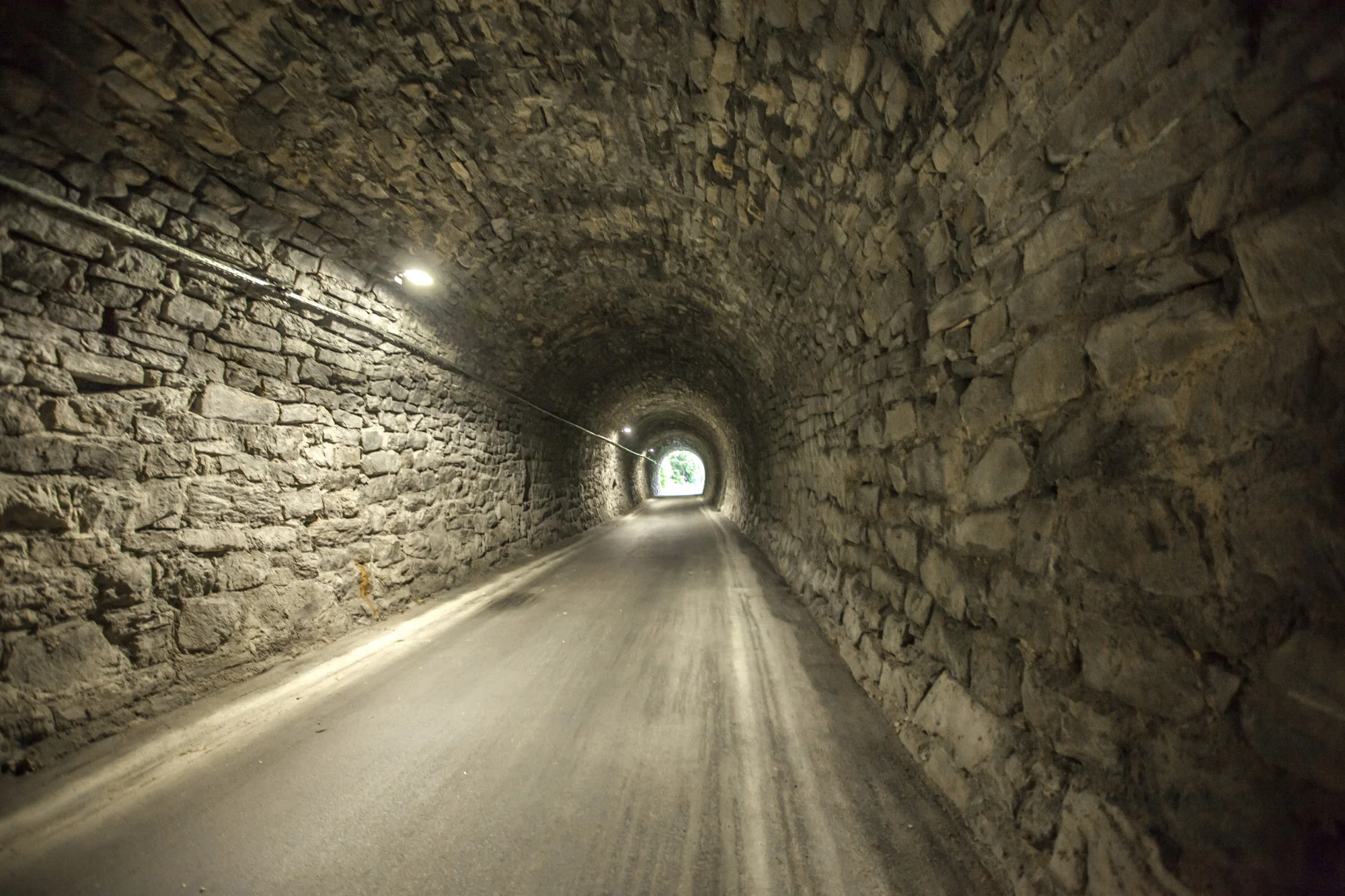A groundbreaking study published in Scientific Reports presents an innovative approach to better understand the seismic vulnerability of tunnel structures across active faults. The research, led by Zhang Jianyi of the College of Geological Engineering at the Institute of Disaster Prevention in Sanhe, China, focuses on the intricate mechanisms of damage experienced by tunnel structures situated at low-dip reverse fault sites with varying soil compositions.
DOI: 10.1038/s41598-024-51830-0
The research reveals critical findings on how segmented flexible joint tunnel segments react to dislocations at such sites, particularly in cohesive soil environments. The study employed a self-developed cross-fault large-scale bedrock dislocation loading device platform for the model tests. Understanding the results obtained is crucial for the development of more effective fortification systems and improvement in fault-resistant tunnel designs.
The key findings of the research include:
1. Segment flexibility proves more advantageous in cohesive soil sites, demonstrating significant potential in reducing seismic damage.
2. Sandy soil sites experience a dramatic increase in strain change, intensifying the vulnerability of tunnels to seismic forces.
3. The placement of the tunnel’s buried depth and segment length, paired with suitable fault-resistant measures, must be informed by knowledge of the rupture range of overburden soil induced by varying bedrock dislocation angles and soil properties.
The research also touches upon the critical notion that sandy soil plays an “add seismic” role, acting as a factor that can exacerbate the seismic effects experienced by the tunnel structure across the fault.
The Scientific Reports article titled “Experimental analysis of low-dip reverse fault dislocation effects on tunnel site models with different soil properties,” serves as a pivotal piece of literature that contributes substantially to our understanding of seismic impact on infrastructure.
Keywords
1. Tunnel Seismic Vulnerability
2. Cross-Fault Structural Analysis
3. Reverse Fault Dislocation Impact
4. Soil-Structure Interaction Earthquake
5. Tunnel Design Earthquake Resistance
Core Findings of the Groundbreaking Study
Key pioneers in the research, such as Song Yijie and Wang Shuai, alongside Zhang Jianyi, have provided evidence that is set to revolutionize the safety and design standards for tunnels traversing seismic fault lines. Using a meticulous experimental setup, which simulates a low-angle reverse fault dislocation, the study assesses how the soil’s physical properties contribute to the complex interaction between the ground and the tunnel structure during seismic events.
The results emphasize the importance of the type of soil on both the strain effects and the risk of soil rupture overlying the tunnel. Cohesive soils presented a more secure environment for flexible jointed tunnel segments, allowing for controlled deformation that safeguards structural integrity to a higher degree. In contrast, sandy soils, with their proclivity toward larger strain changes, heighten the risk of severe structural damage, particularly at the vault and arch bottom of the tunnels.
The study offers a new perspective on earthquake engineering by stressing the nieed for research-backed, meticulously crafted design parameters that consider soil characteristics and fault dislocation patterns. Such measures will undoubtedly lead to enhanced safety and resilience of tunnel structures.
References
1. He, C., Li, L., Zhang, J., Gen, P., Yan, QX., et al. (2014). Seismic damage mechanism of tunnels through fault zones. Chin. J. Geotech. Eng., 36(03), 427–434.
2. Zhu, Y., Zhou, H., Zhang, CQ., Shen, YH., Zhang, N. (2022). Review of research on dislocation failure mechanism and prevention method of tunnels across active faults. Accord. J. Rock Mech. Eng., 41(S1), 2711–2724.
3. Zhang, W., et al. (2022). Analysis and enlightenment of typical failure characteristics of tunnels caused by the Menyuan M6.9 earthquake in Qinghai Province. Earthq. Eng., 44(03), 661–669.
4. Wang, WL., et al. (2001). Discussion on damaged extent of mountainous tunnels due to earthquake, Taiwan. Mod. Tunn. Technol., 38(02), 52–60.
5. Li, YH., Du, JM., Liu, Y. (2018). State-of-art and development trend of physical simulation experiment technology for tunnel engineering. Tunn. Constr. (Chinese & English), 38(01), 10–21.
Furthering the development of earthquake resilience in tunnel construction, Zhang Jianyi’s study stands as a crucial stepping stone towards ensuring greater public safety and infrastructural endurance in the face of nature’s unpredictability. The meticulous research and revolutionary findings will undoubtedly impact engineering principles worldwide, prompting a reexamination of how to effectively mitigate seismic risks for subterranean structures.
With the research fostering a deeper comprehension of seismic behavior affecting tunnels, it holds promise for the development of new engineering standards and fortification practices. The relevance and implications of such work cannot be overstated in regions vulnerable to seismic activity, where safeguarding human lives and maintaining the operational integrity of infrastructure are of paramount importance.
The article in Scientific Reports not only marks a significant theoretical advancement but also offers practical insights and considerations for engineers and policymakers tasked with the design and fortification of underground structures in seismically active areas. As the quest for resilient infrastructure continues, Zhang Jianyi’s research delivers vital tools and perspectives that will inevitably contribute to safer, more reliable engineering solutions now and in the future.
